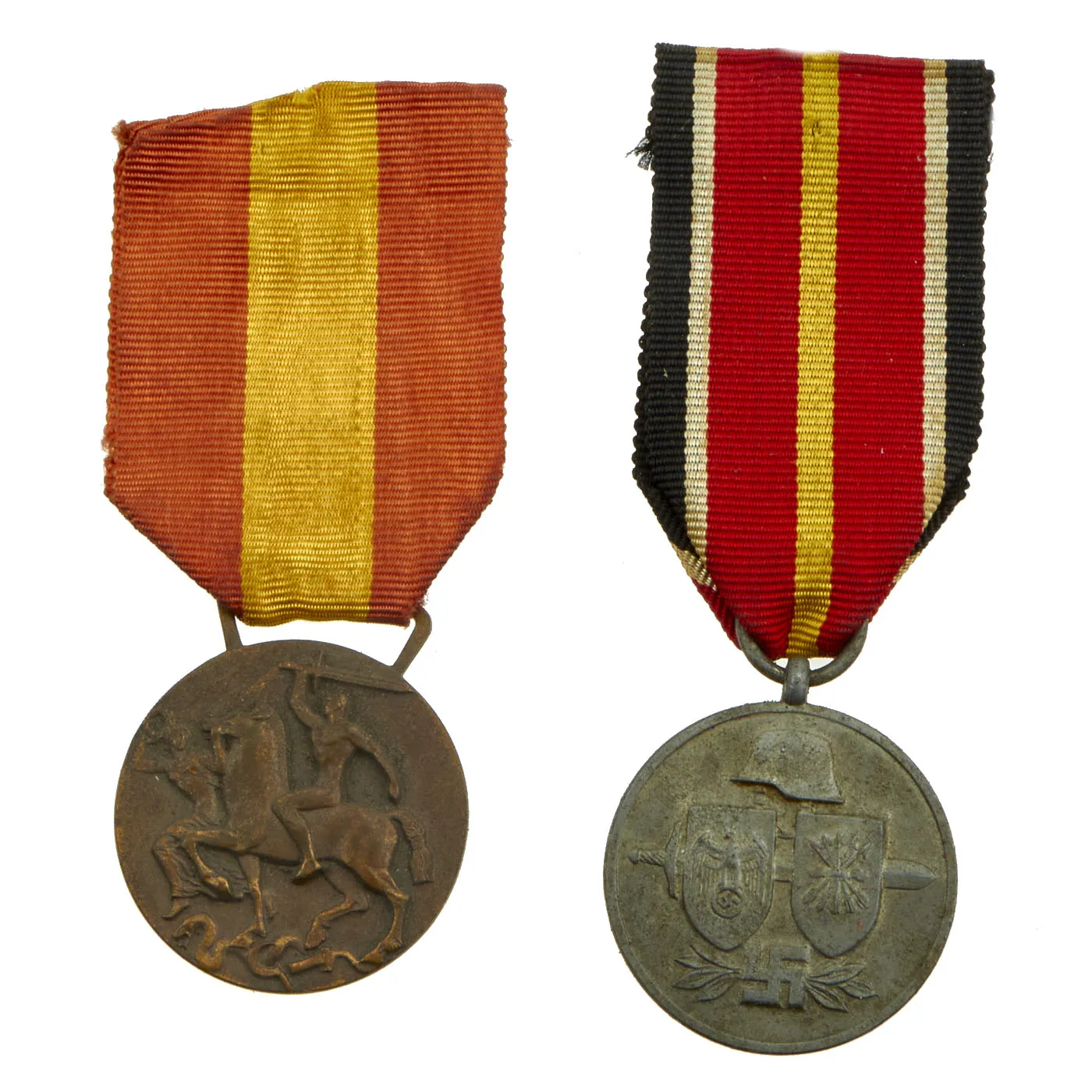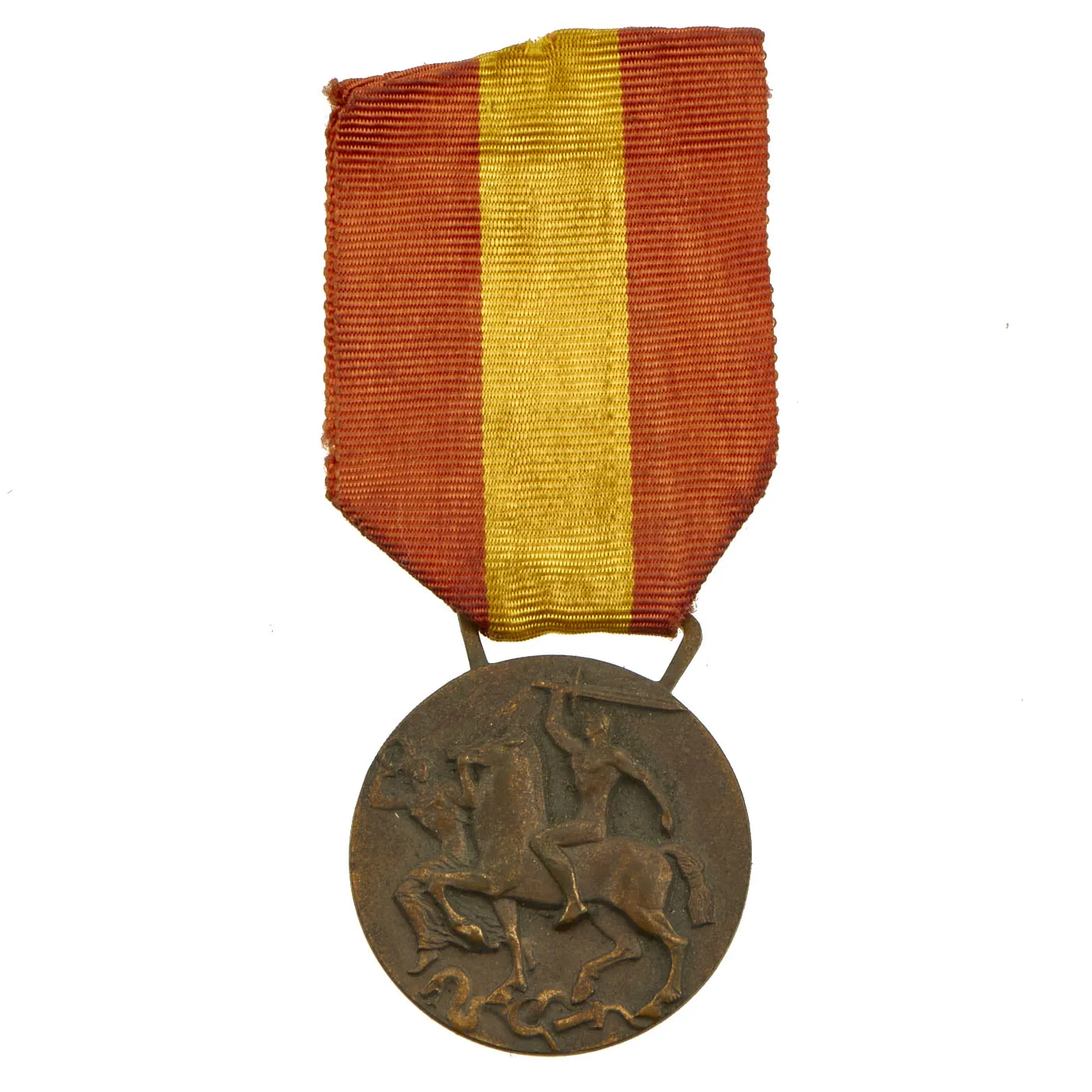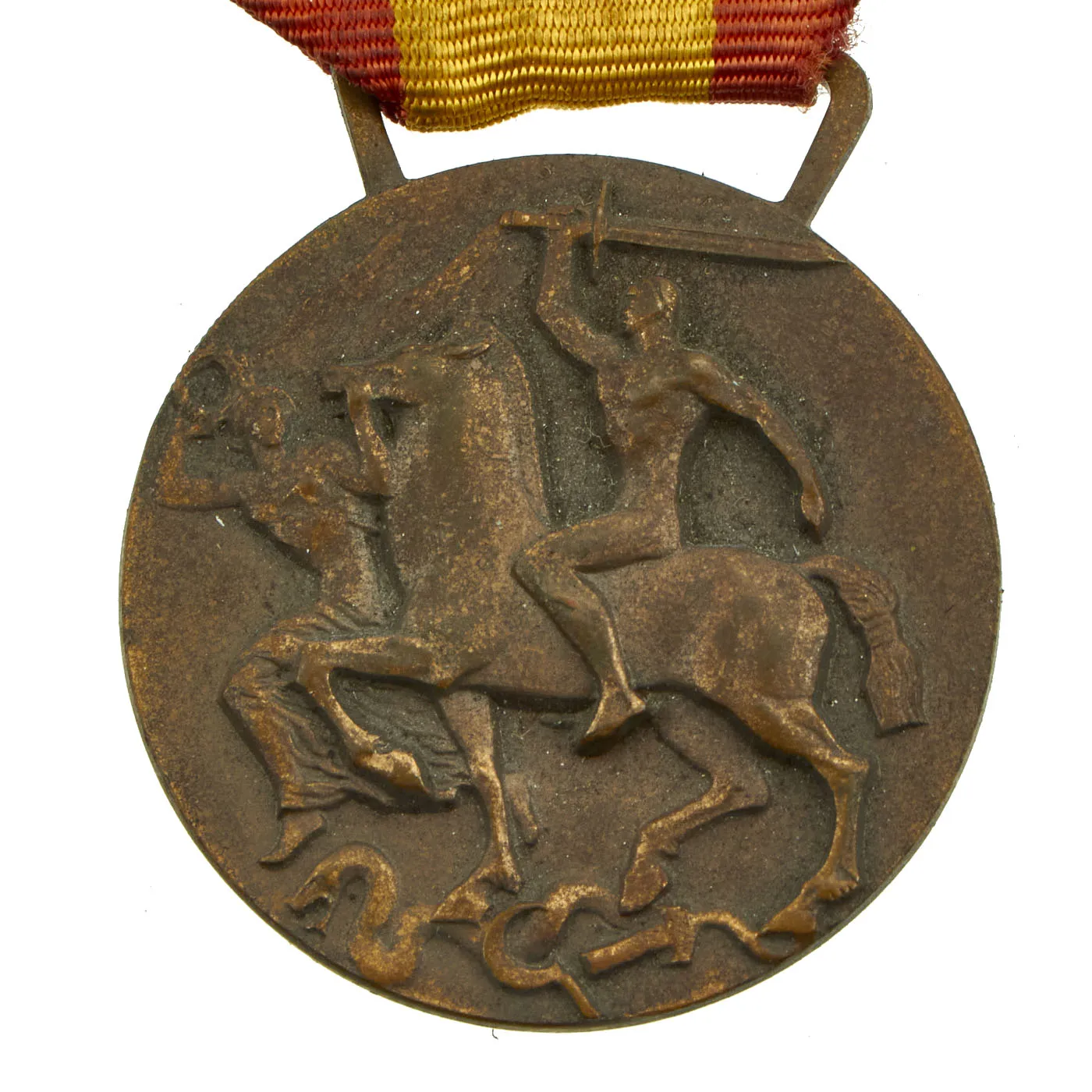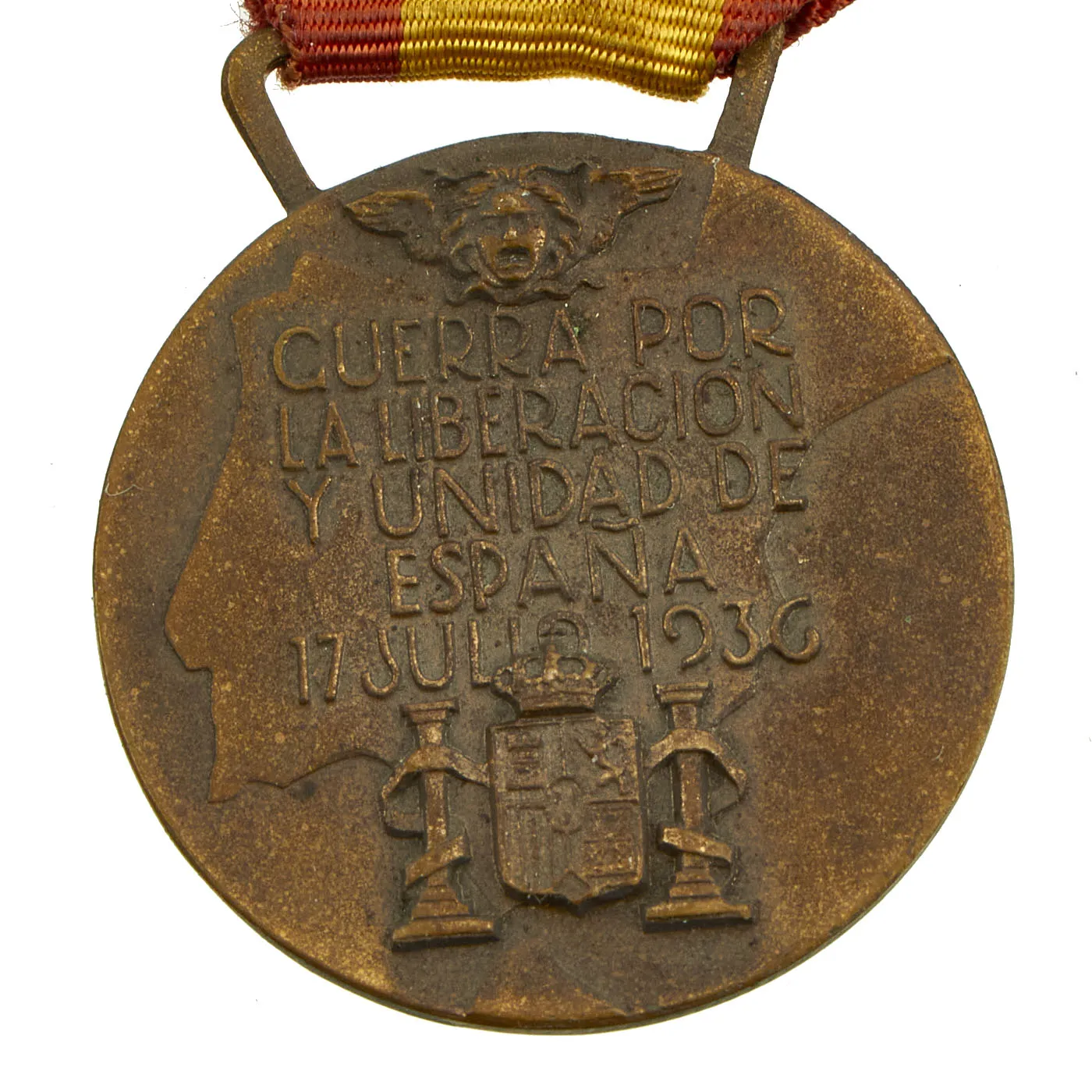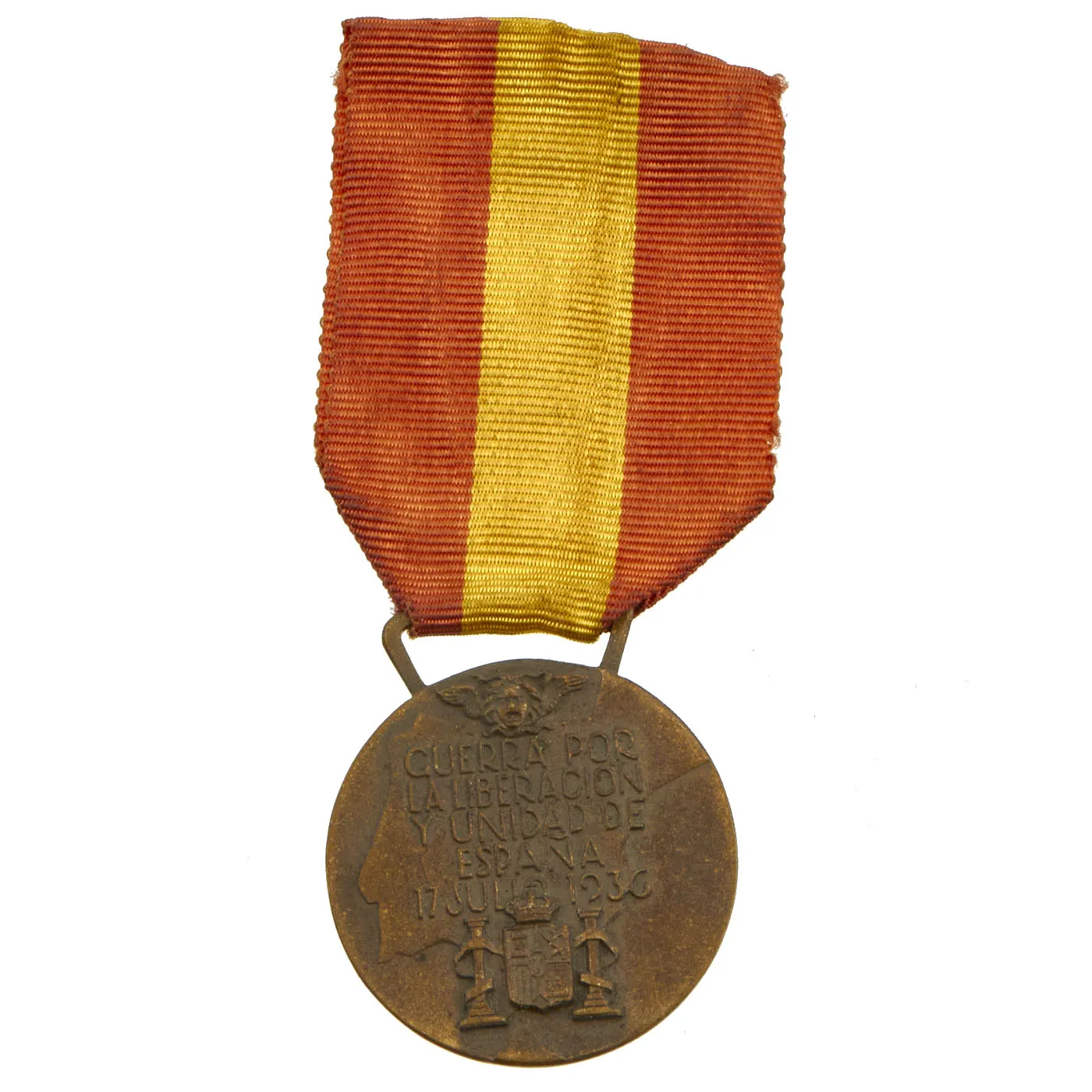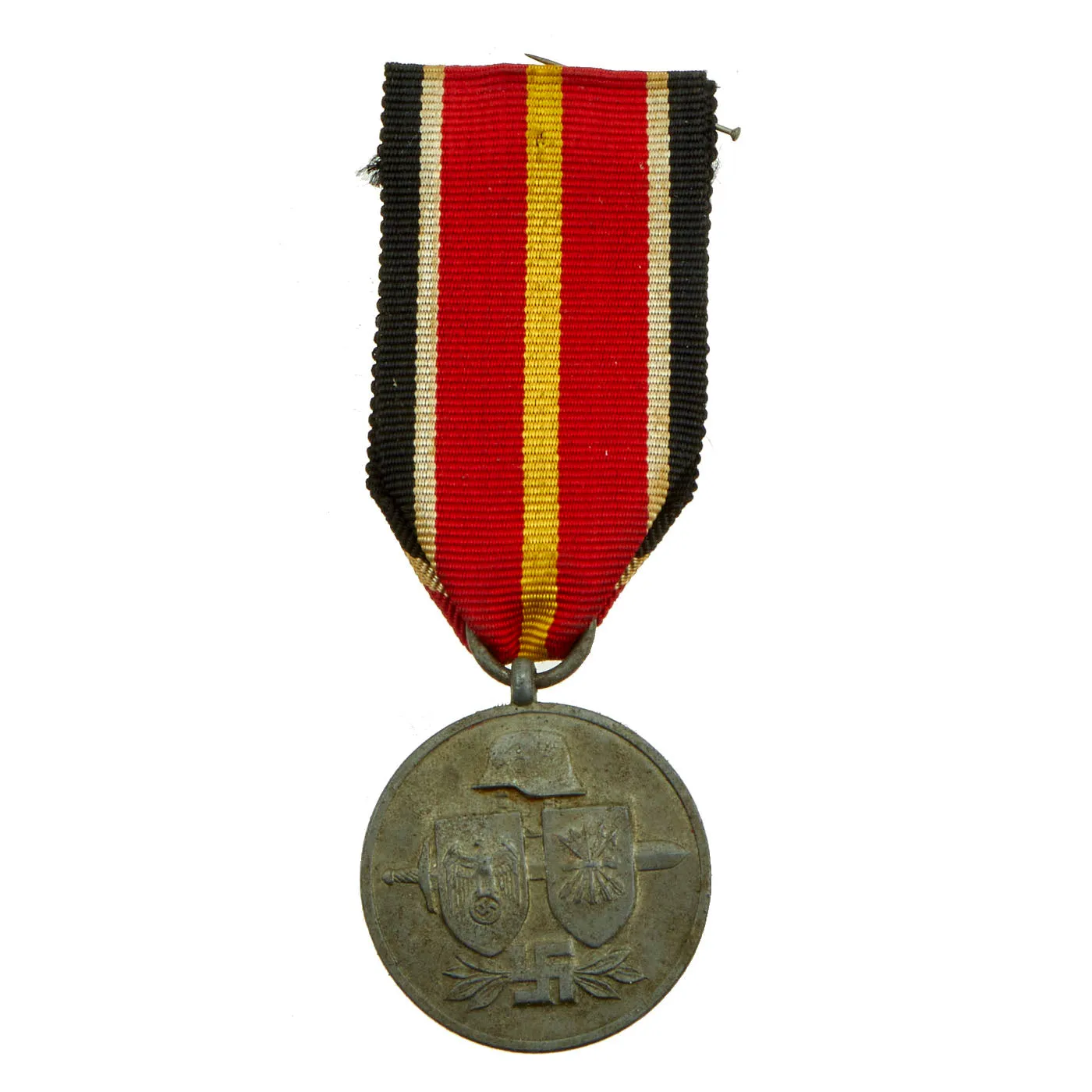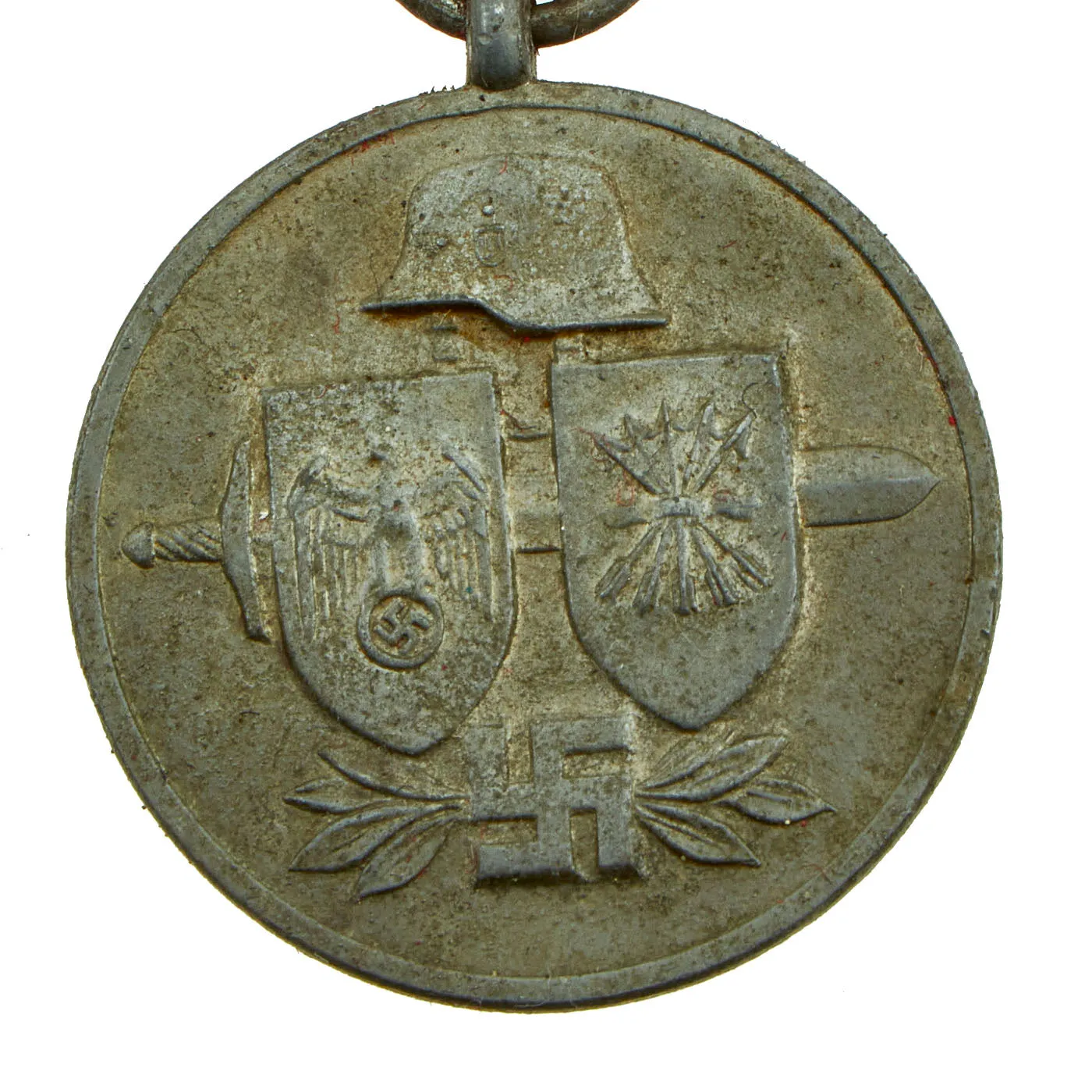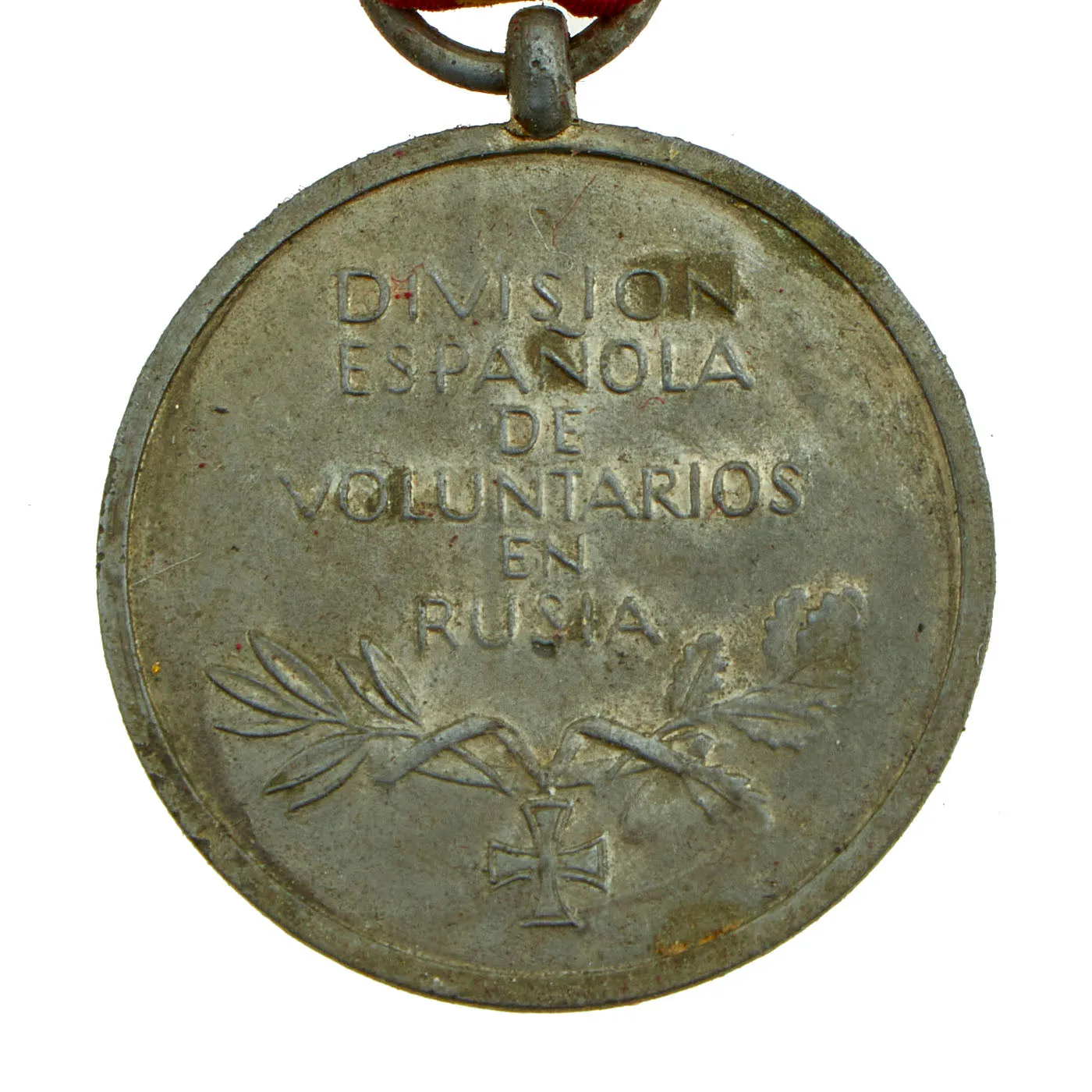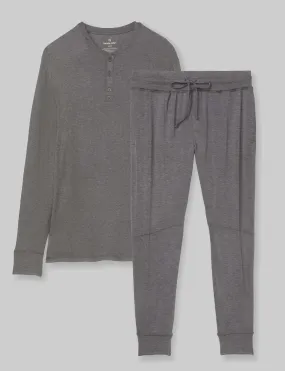Original Items: Only One Group of 2 Available. The Spanish Civil War was a civil war in Spain fought from 1936 to 1939. Republicans were loyal to the left-leaning Popular Front government of the Second Spanish Republic. The Popular Front was constituted by the Spanish Socialist Workers' Party (PSOE), Communist Party of Spain (PCE), and the republicans- Republican Left (IR), (led by Azaña) and Republican Union (UR), led by Diego Martínez Barrio. This pact was supported by Galician (PG) and Catalan nationalists (ERC), the POUM, socialist union Workers' General Union (UGT), and the anarchist trade union, the Confederación Nacional del Trabajo (CNT). Many anarchists who would later fight alongside Popular Front forces during the Spanish Civil War did not support them in the election, urging abstention instead. The Popular Front, fought against an insurrection by the Nationalists, an alliance of Falangists, monarchists, conservatives and traditionalists, led by a military junta among whom General Francisco Franco quickly achieved a preponderant role. Due to the international political climate at the time, the war had many facets and was variously viewed as class struggle, a religious struggle, a struggle between dictatorship and republican democracy, between revolution and counterrevolution, and between fascism and communism. According to Claude Bowers, U.S. ambassador to Spain during the war, it was the "dress rehearsal" for World War II. The Nationalists won the war, which ended in early 1939, and ruled Spain until Franco's death in November 1975.
During World War II, the Spanish State under Francisco Franco espoused neutrality as its official wartime policy. This neutrality wavered at times and "strict neutrality" gave way to "non-belligerence" after the Fall of France in June 1940. Franco wrote to Adolf H offering to join the war on 19 June 1940 in exchange for help building Spain's colonial empire. Later the same year Franco met with AH in Hendaye to discuss Spain's possible accession to the Axis Powers. The meeting went nowhere, but Franco did help the Axis—whose members Italy and Germany had supported him during the Spanish Civil War (1936–1939)—in various ways.
This Grouping Consists of:
- 1936 Spanish Contingent Medal: Not too much is known about these medals or the criteria in which they were awarded. Like any other medal, this would have been awarded to the soldiers who fought in the war for liberation in Spain. The medal features a man on horseback weilding a sword while trampling over a hammer, sickle and snake. Next to him is a woman with a wreath. The reverse of the medal features the words GUERRA POR LA LIBERACIÓN Y UNIDAD DE ESPAÑA 17 JULIO 1936 which translates to "WAR FOR THE LIBERATION AND UNITY OF SPAIN JULY 17, 1936". The medal is suspended from a dark orange and yellow ribbon, the same colors found on the flag of Spain. Both are in lovely condition with minor staining to the ribbon.
- The Spanish Volunteer Medal: Formally known as the Commemorative Medal for Spanish Volunteers in the Struggle Against Bolshevism (German: Erinnerungsmedaille für die spanischen Freiwilligen im Kampf gegen den Bolschewismus), commissioned 3 January 1944, was awarded by the Third Reich to recognize the men of the Blue Division who served at the Russian front during World War II. This force, attached to the Heer of the Wehrmacht, known as the 250th Infantry Division (span.), was in total composed of 47,000 men, sent by Francisco Franco to aid the Third Reich, as a way to pay back Adolf H's help during the Spanish Civil War.
This medal was made by Deschler & Sohn in Munich, which marked the ring with the number "1" as their own medal maker mark. The ribbon is similar to the Iron Cross Second Class but with a yellow stripe in the middle to represent the Spanish flag. The obverse has a German Army helmet above two shields which have the Wehrmacht eagle and the Falange symbol, the two shields are above a sword, at the bottom is a swas flanked by laurel leaves. On the reverse is the inscription "División Española de Voluntarios en Rusia" and at the bottom the Iron Cross underneath laurel leaves. Overall condition is good.
Both examples are lovely and come ready to display.




